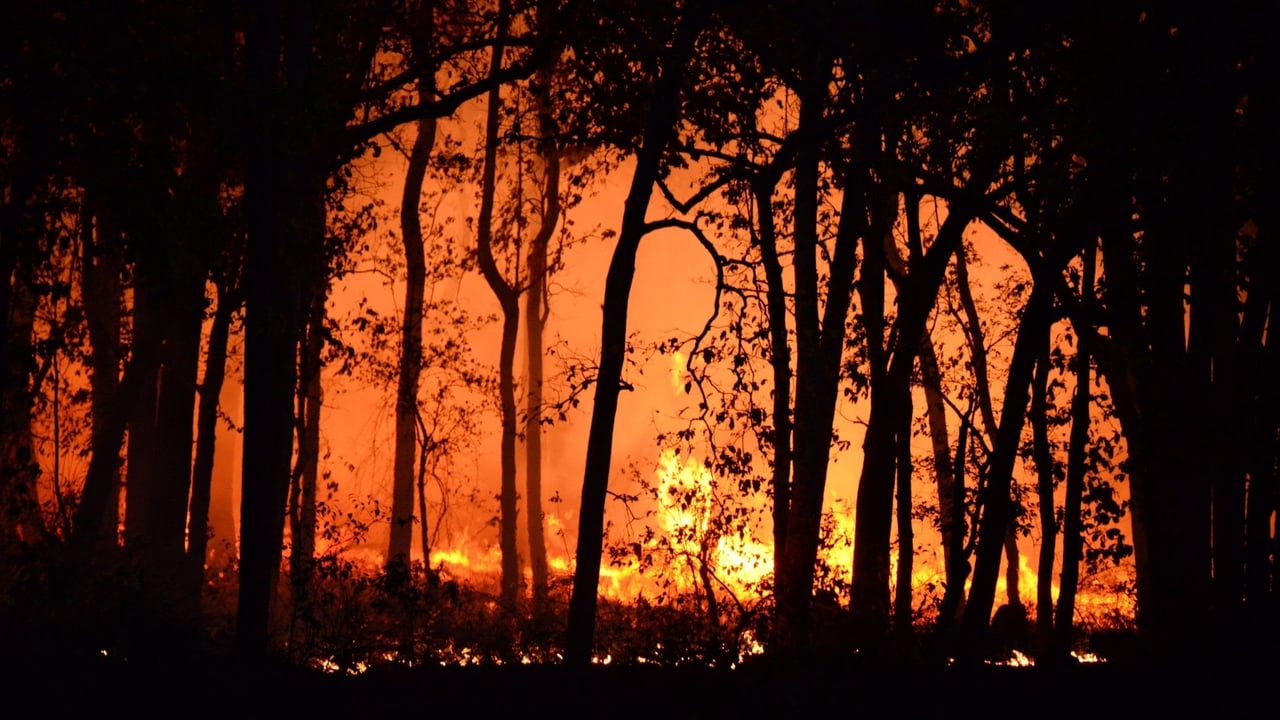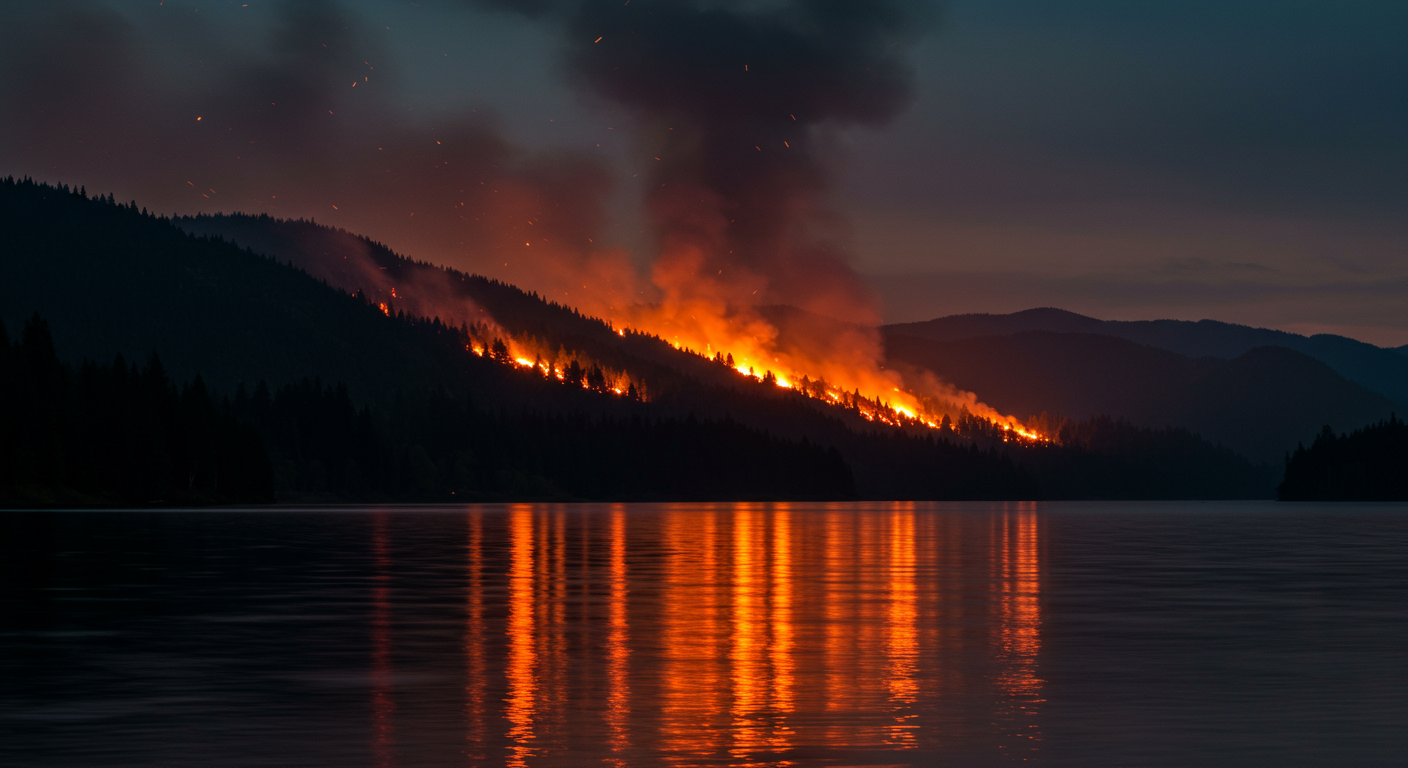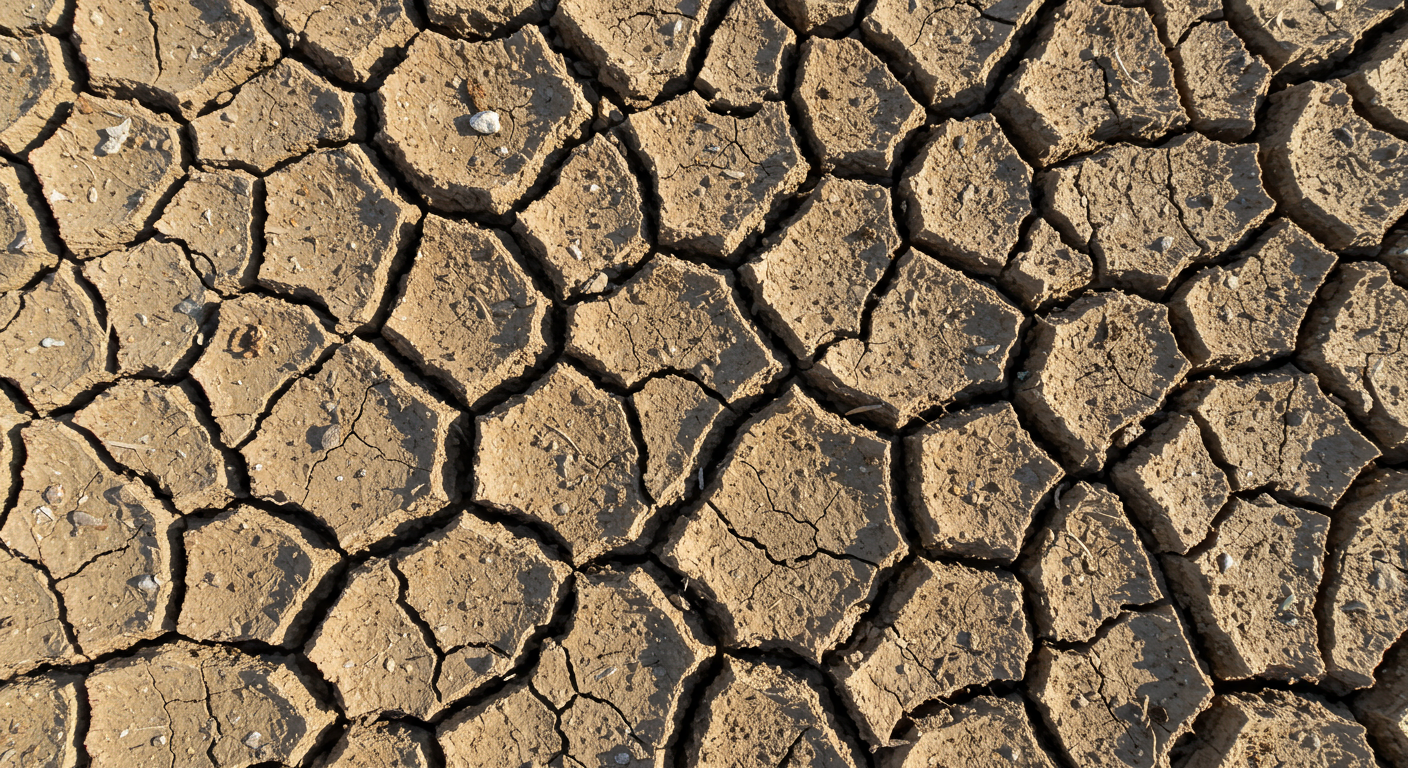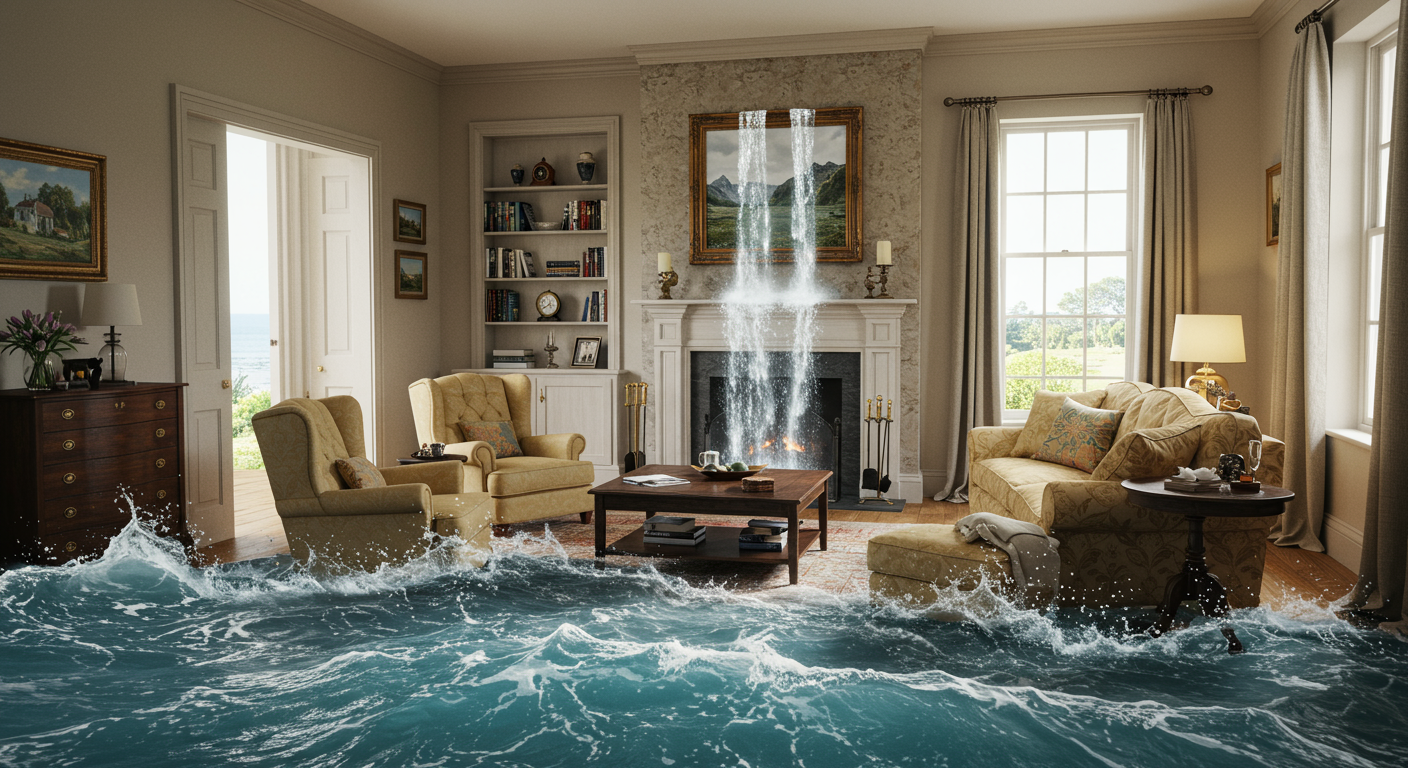Mankind can build awesome things. We’ve achieved great technological advances, and sometimes it can feel like we have everything under control. But that’s not always true. As we’ve seen this year, there are forces of nature that simply can’t be avoided, and when nature throws these tragedies upon us, the best we can do is prepare so we prevent the worse from happening.
These events can happen anywhere in the world, even in America’s finest city. Today we’re going to talk a bit about the natural disasters that San Diego is prone to, how common they are and how we deal with it here.
Wildfires
Overview
It’s known that California frequently suffers from wildfires, San Diego is no exception, and this can be easily explained. A good part of southern California is covered by an ecosystem known as Chaparral, a shrubland full of vegetation, with a dry and hot summer. A combination like this generates wildfires every year, with the high temperatures setting the flammable dry leaves on fire. The New York Times says three of these fires - in 2003, 2007 and 2017 - earn the region a spot on the publication's "disaster map."
How common is it?
With 103 wildfires recorded between 1950 and 2010, this is the second most common natural disaster in San Diego. This type of natural disaster is getting more common every year, with climate changes, an expanding urban/wildland interface, and human interference, not only in San Diego but in many other parts of the world as well.
How to deal with it?
There are state laws that regulate fire prevention. Residents are required to treat 100 feet of defensible space around their homes. Safety measures include mowing and properly maintaining lawn and weeds, pruning or removing ignitable trees and shrubs, stacking firewood away from the home and making sure the home's address is visible to emergency vehicles.
It is important to have a personal emergency plan and make sure you and your family know how to react if you are ever in danger. Preparing your house and an emergency kit in advance, stay aware of the latest news and take action early! It can be the difference between making it out calmly and getting caught in the fire, smoke or traffic.
Earthquakes
Overview
California is located next to a tectonic plate boundary - where the North American Plate meets the Pacific Plate - and as all plate boundaries, it is prone to earthquakes. That doesn’t mean your house is going to fall to the ground every year if you live here, it’s not like that. San Diego hasn’t registered a great earthquake in over a decade. However, it is also not wise to ignore the risks.
Specialists say that a high magnitude quake is possible, but since we haven’t ever had one, people end up underestimating, even with the raised risk. It’s like the worst of two worlds, it isn’t bad enough that it scares people, but then people are so tranquil they don’t prepare.
How common is it?
There are hundreds of active faults scattered throughout California and although there are long periods between earthquakes on any particular fault, every decade or so at least one of the many faults has a significant earthquake. These quakes can frequently affect San Diego but are usually too distant to cause anything beyond a small tremble.
However, it is important to remember the risks. Even though most active faults don’t pass through America’s finest city, there’s one major earthquake fault here, the Rosa Canyon Fault, which doesn’t cause a high magnitude quake in some centuries, but is still considered active.
How to deal with it?
First of all, in case of major earthquake, it is important to stay as calm as possible. Remember, avoiding panic can be the difference between surviving or not. Second, you can have three different situations and you should react different to each one: being inside a building; being outdoors or; driving.
If you are indoors - STAY THERE. Seek cover under a table or desk and hold on to it. If you don’t have any of these at your disposal, get under an inside doorframe. STAY AWAY from windows, fireplaces, and heavy furniture or appliances. It is also a good idea to stay away from the kitchen, it’s a dangerous place. DO NOT run, specially in stair, and don’t go outside while it is still shaking or while there’s still danger. In those cases, wait for rescue.
It you are outdoors - get into the open, away from anything that can possibly fall on you. In these case, considere something that can fall on you anything that’s higher than you. If you are on a mountainous area, pay special attention to any rocks, trees, landslides and other possible debris loosened by the quake.
If you are driving - STOP, but calmly. Be careful, move your car as far away from the traffic as you can. DO NOT stop under and avoid passing by under a bridge, trees, power lines, light posts, or signs. STAY INSIDE your car until the quake ends. Finally, be careful when resume driving, there can be still falling debris, breaks in the paviment, and bumps on the road.
Last, but not least, quakes commonly generate tsunamis and San Diego is a coastal sea, so it is a possible hazard to the city. If, after an earthquake, you notice the water level backing down, get as far away from the water as possible and warn as many people as you can. If you notice you can’t get away from the sea, get to the higher you can.
Floodings
Overview
Winter storms are one of the major natural disasters that happen in San Diego. They can cause flooding, flash floods, high coastal surf, and mudslides. Floods are caused by excessive amounts of rain in shorts periods of time (usually less than 6 hours). San Diego has been trying to reduce chronic floodings by clearing clogged stormwater channels across the city.
This new plan to reduce flooding is being well appreciated by residents and business owners. Clearing the channels has effects beyond flood control like restoring native habitats, eliminating invasive vegetation and improving water quality, which should improve the city’s overall quality.
Remember that one of the main causes of floods is too much thrash in those channels, so it’s important to never throw away your thrash on the streets or in nature, always take it with you untill you find a trash can.
How common is it?
Between 1950 and 2010 there were 144 registered flood events in San Diego being the most common natural disaster to strike the area. The risks are far higher along the San Diego River. You can go to the FEMA Flood Map Service Center to find the official flood map, get access to various flood hazard products and tools for better-understanding flood risks where you live.
How to deal with it?
It is important to know what steps you should take before, during and after the flooding to lessen the damages as much as possible. Preventing soil erosion can help diminish water accumulation. Sandbags are available for residents throughout San Diego county and can be used to redirect water, mud and debris from your property.
As with the wildfires, you should have an emergency plan and be prepared to evacuate your homes if ever needed. Sign up for your community’s warning system but don’t hesitate to take early action even before evacuation is mandated. If you are told to evacuate do so immediately, do not drive around barricades, do not walk, swim or drive through flooded areas and stay off bridges over fast-moving water. If you are trapped inside a car or a building with raising water get on the roof and signal for help from there.
After the flood is over return to your home only after authorities advise so. Avoid driving except in case of emergencies. Be aware of animals that may have looked for shelter in your house, if this does happen call the authorities, do not try to deal with wild animals by yourself. Be aware of the risk of electrocution and be available to help family, friends and neighbours.
Others
There are other minor risks like thunderstorm winds and hail, but those don’t tend to cause any big problems. However, it might be it is always best practice to be prepared and aware of the risks specific to the area where you live and be attentive to the news and government warnings.
You can access the risk map for all major natural disasters here. In this link you can also consult the risk at your own address in San Diego.








